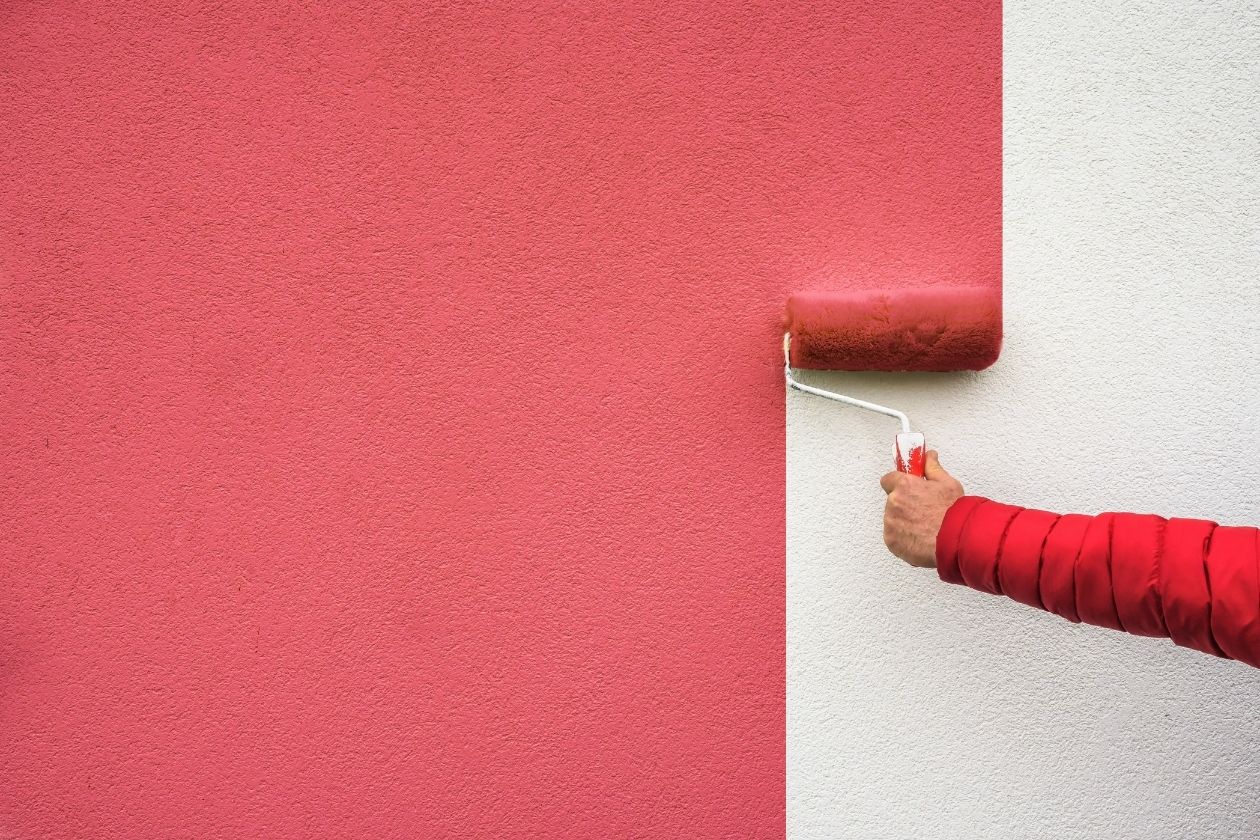Few home tasks cause a bigger mess than home renovations. Whether you’re painting the living room or knocking out a wall for an open floor plan, you can guarantee there will be dirt, dust, and degraded indoor air quality.
While this can be tedious to deal with, it can be even more problematic or dangerous for those with breathing issues, such as asthma and allergies. To help keep you safe until the big house project is over, we’ve compiled these home renovation tips for those with asthma and allergies.
Table of Contents
Emphasize Ventilation
Dust is one of the biggest challenges for asthmatics or allergy sufferers during home renovations. While dust is essentially unavoidable, you can lessen its impact on air quality by increasing ventilation in spaces you’re renovating.
Try to do the brunt of your work on warm days when you can leave the windows and doors of the space open. Then, keep a few box fans around in the space to help the air circulate. You may also want to consider putting air filters in the space to catch any particles.
Avoid VOCs
Volatile organic compounds—VOCs—are chemicals that enter the air thanks to substances we bring into our homes. Along with having a harsh, unpleasant smell, they’re known to aggravate asthma and allergy symptoms and cause headaches and nausea.
Unfortunately, many household items that we use during home renovations are sources of VOCs, such as:
- Paint
- Paint thinner
- Wood stain
- Household cleaners
- New carpets
One of the most important tips for improving home renovations for asthma and allergy sufferers is to avoid using VOC-heavy products during projects. For instance, choosing water over oil-based paint or opting for bamboo flooring over carpet will help you achieve better air quality.
Be Wary of Older Homes
Old homes can be incredibly charming, but they can also present hidden dangers for those with asthma and allergies. This is especially true if your house is from earlier than the late 70s. These houses are more likely to contain unsafe substances like lead paint or asbestos insulation.
If you have an older home, bring in a specialist to test the paint and insulation before removing old paint, opening up a wall, or removing a popcorn ceiling. Otherwise, you can leech lead and asbestos into the air, which can create a dangerous scenario for everyone, whether they have breathing problems or not.
Home renovations can be tricky to navigate if you have asthma or allergies. But when you’re aware of triggers in your surroundings, you can work around them until your home project is complete.




